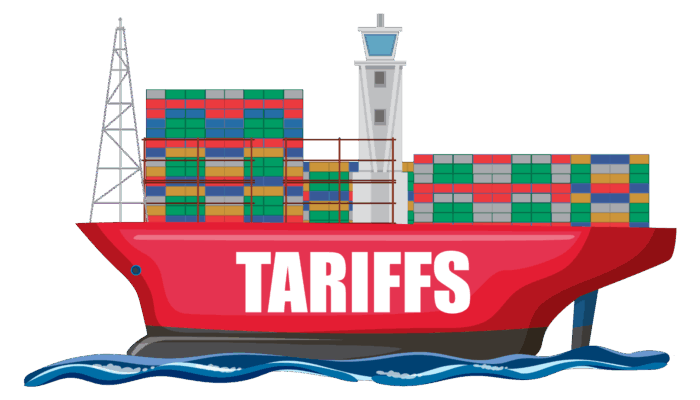As anyone in retail can tell you, an omnichannel future—where customers shop across multiple touchpoints—has been foretold for the past decade. But is it true for most shoppers? According to a study by Harvard Business Review, the answer is yes. In a study of 46,000 shoppers, they determined that fully 73% of consumers use multiple channels to shop. Omnichannel commerce is officially mainstream. And according to the research, the omnichannel shopper buys more.
Online research boosts sales
“Surprisingly, conducting prior online research on the retailer’s own site or sites of other retailers led to 13% greater in-store spending among omnichannel shoppers. This finding goes against the grain of the conventional wisdom that spur-of-the-moment, impulsive shopping bulks up the topline of traditional retailers.”
Wait a minute. People are spending more in store after spending time on a brand’s website? The report goes on to say:
“Our findings suggest that deliberate searching beforehand led customers to greater in-store purchases. And it also flies in the face of conventional thinking about showrooming, which is that traditional shoppers conduct their research in the store and then buy online. Instead, we find that this retailer’s omnichannel shoppers are engaging in webrooming behavior, which has become especially prevalent among Millennial shoppers.”
They’re researching online, then buying in store. And more importantly, the better the online research experience, the greater the sale. But there’s a longer term impact too.
Webrooming enhances customer loyalty
A 2019 study published in the Journal of Interactive Marketing revealed that “webrooming is the most effective cross-channel combination to increase satisfaction, which, in turn, enhances customer loyalty.”
Why? Because the reason people cross-channel shop is to reduce uncertainty. They want to feel confident that a product is the best match to their needs. In short, they want to reduce risk. So if your site is the one that provides them with that confidence, it creates a positive brand association. But to do this, you need to provide good product information. Let’s look at some more research.
Product page design considerations
A 2018 study on How to Structure Product Page Design for eCommerce Success identified four key content areas that influence purchase: informativeness, entertainment, social presence, and sensory appeal. It also provided detail on how to enhance your product pages.
For example, to create more informative experiences you’ll want to include:
- Bulleted feature lists
- Comparison matrices
- Descriptive detail
- Recommendation agents, such as reviews
An enhanced social experience, can be provided through:
- A conversational linguistic style
- Lifestyle photos
And sensory experiences can be built through:
- Product videos
- Product feature crops
But once you’ve built confidence in the product offered for sale, how do you make sure they buy?
Product availability is key to webrooming conversion
There is another essential element to providing an informative experience. Product availability. Without it, a customer risks a visit to your store, only to find the item is out of stock. Yet one of the biggest challenges for any retailer is inventory visibility—knowing what you have available to sell. And when it comes to webrooming, showing the customer which stores are in stock. That way, they can visit your store with confidence. And may even commit to the purchase before they arrive by placing a Click and Collect order—if you can show them how quickly their order will be ready for pickup.
But to display product availability at the store level requires your in-store inventory and eCommerce platform to be in sync. Unfortunately, traditional commerce platforms are not designed to take inventory feeds from multiple systems. Nor do they provide tools to fine-tune which inventory should be updated and when, or to manage safety stock.
That’s where an Order Management System (OMS) comes into play. It takes inventory feeds from all your systems, including Point of Sale (POS), and provides a single view of available stock across all locations. It can also help overcome integration challenges.
Inventory update flexibility
While real-time inventory visibility is always desirable, for large retailers there can be limits. Many legacy systems can’t handle real-time data feeds, or the retailer may lack the processing power to update large data sets. This means a more strategic approach is required.
For slower moving inventory, batch updates may be enough. It could be daily, or every few hours. But what about more popular items? They may need updates every hour or in minutes. And hot SKUs? You’ll want those updates as close to real-time as possible to avoid canceled orders.
Fortunately, a best-in-class OMS provides a smarter way to keep inventory up to date. It lets you create rules to control what gets updated and when, even at the category or SKU level. Even better, dynamic, cloud-native scaling lets you update more inventory positions faster.
For customers, product availability is a key part of the shopping experience. Especially for those Millennials who are webrooming—and spending lots more money when they reach your stores. Don’t let them down.
For more details on how an OMS can help your business, download 7 Reasons to use a Best-in-Class Order Management System.




